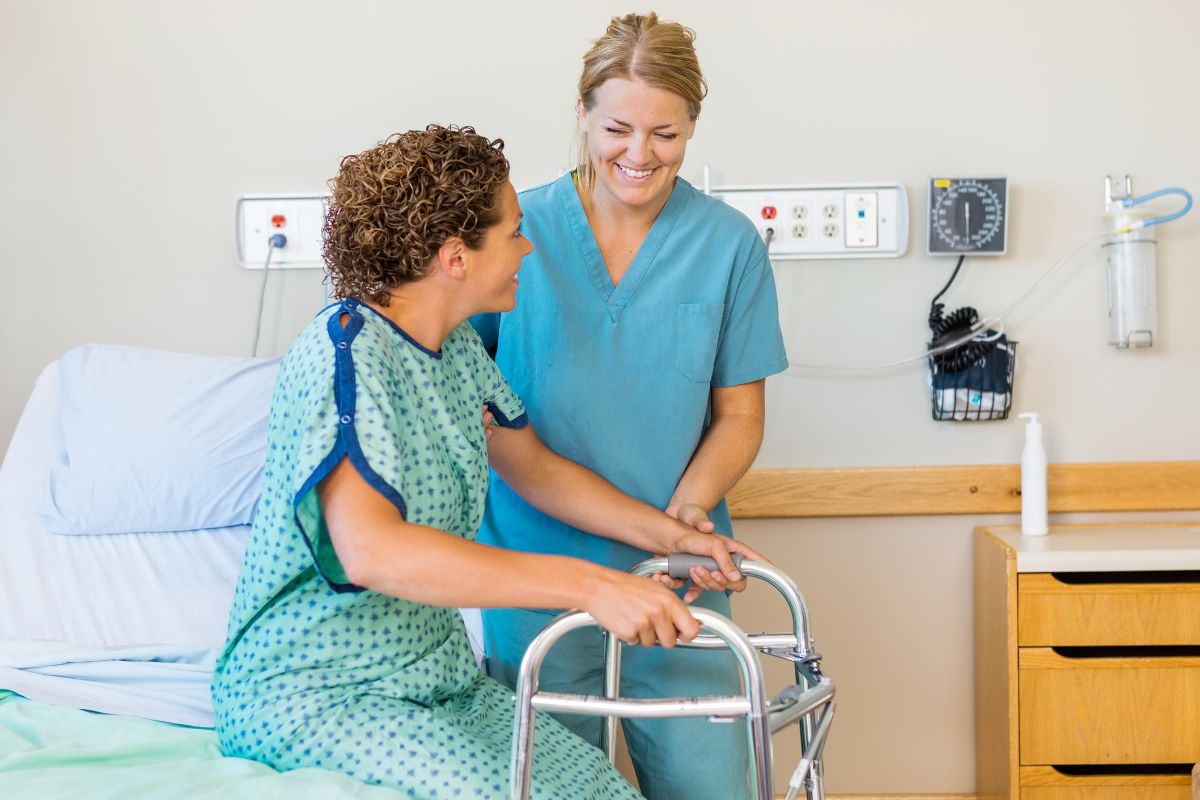Your cart is currently empty!
Photobiomodulation therapy (red/NIR LEDs) reduced the length of stay in intensive care unit for patients and improved muscle function: a randomized, triple-blind, and sham-controlled trial.

Raimundo Pereira Miranda Neto, Lara Maria Bataglia Espósito, Francisco Costa da Rocha, Antônio Anchieta Sousa Filho, Jefferson Hermann Gomes Silva, Eulália Caroline de Sousa Santos, Bruna Lorena Soares Cavalcante Sousa, Ketlhen Ravena Rodrigues dos Santos Gonçalves, Adriana Sanches Garcia-Araujo, Michael R. Hamblin, Cleber Ferraresi
Abstract:
Context
Photobiomodulation therapy (PBMT) has been widely used to improve strength, fatigue resistance and increase muscle mass in healthy individuals. These effects could help critically ill patients admitted to intensive care units (ICUs) who show reduced mobility and muscle strength. ICU-acquired weakness lessens overall health and increases the patient’s length of stay in the ICU.
Objective
This study evaluated the effects of PBMT using low intensity light-emitting diodes (LEDs) on the mobility and muscle strength (functional capacity) and length of stay of patients admitted to hospital ICU.
Methods
This randomized, triple-blind, sham-controlled trial was conducted in a hospital ICU. Sixty patients were randomly assigned to two equal groups: (a) PBMT and (b) Sham. PBMT was applied daily to patients until their discharge from the ICU, using a flexible neoprene array of 264 LEDs (120 at 635 nm, 1.2 mW each; 144 at 880 nm, 15 mW each) for 90s (207.36 Joules) at each site. Ten sites were located bilaterally on the thighs, legs, arms, and forearms ventrally and dorsally, 15 min totaling 2,073.6 Joules per session. Outcomes were length of stay (in h) until discharge from the ICU, muscle strength by the Medical Research Council (MRC) score and handgrip dynamometry (HGD), patient mobility by Intensive Care Unit Mobility Scale (IMS) and the Simplified Acute Physiology Score 3 (SAPS 3) for predicting mortality of patients admitted to the ICU.
Results
PBMT reduced the average length of stay in the ICU by ~30% (p = 0.028); increased mobility (IMS: 255% vs. 110% p = 0.007), increased muscle strength (MRC: 12% vs. −9% p = 0.001) and HGD (34% vs. −13% p < 0.001), and the SAPS3 score was similar (p > 0.05).
Conclusion
The results suggest that daily PBMT can reduce the length of stay of ICU patients and increase muscle strength and mobility.